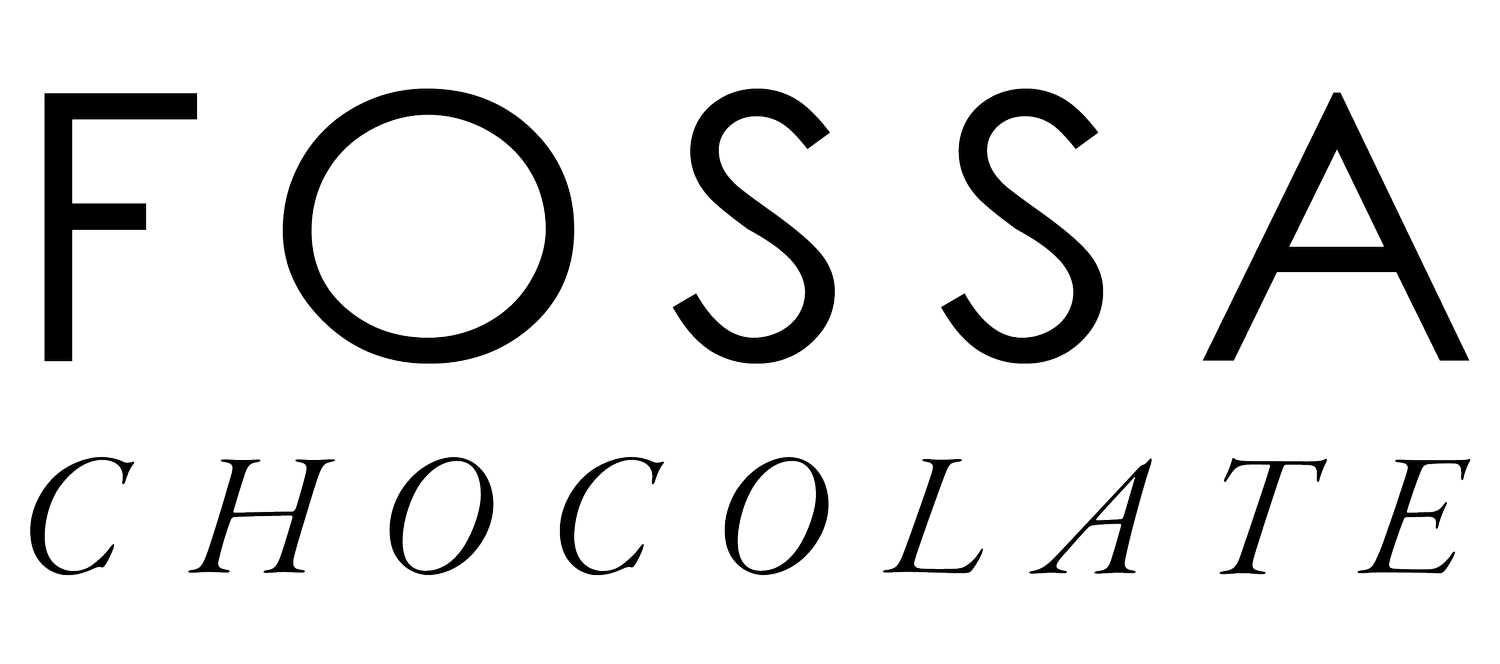Camino Verde and Cacao Fermentation
Fermentation—the word that gets me ever so excited as a home brewer. When I first found out that fermentation is an integral part of the chocolate making process, I was stroked. There are so much commonalities between chocolate making and beer brewing! The geek in me is really exploding.
In beer brewing, we worship the yeast Gods because fermentation is the key to flavour development. Different yeast strains, recipes and temperature profiles can have profound impact on the final product. There are many ways to approach fermentation and a lot depends on experience and personal preference. It is both Science and Art—just like chocolate making.
Fermentation in chocolate making is done at the cacao source, usually at the farm or collection center where freshly extracted pulp and seeds are gathered and fermented using various techniques. A while back, Pearl (www.courierchocolate.com), a chocolate maker from Dandelion Chocolate, wrote about her visit to Camino Verde estate in Balao, Ecuador. There, the estate owner, Vincente Norero, carries out very interesting cacao fermentation through purposeful temperature control, a calculated mixture of different Nacional pods grown on the farm, as well as a unique microbial cocktail inoculum to coax out specific flavours from the cacao beans. Vincente is so successful at this that his cacao has consistently placed in the "Best 50 Cocoa of Excellence Programme" by the International Cocoa Awards.
Naturally, I had to get hold of some of these fabulous cacao beans. Samples of two different types of cacao arrived a few weeks later, looking plump and nice. These beans are slightly more moist than usual due to the rainy season in Balao. However, as long as they are properly packed, it shouldn't be an issue.
Test batches with type A reveal strong floral notes and subtle nuttiness, hallmark of Nacional beans with Criollo influences. The Nacional hybrid, EET103, plays a predominant role in the floral flavors and accounts for 80% of the genetics used to create type A. Approximately 15% of the mixture accounts for red Trinitario pods and 5% are the highly acidic Venezolano pods. These cacao are kept at a lower temperature and fermented longer than other varieties.
Type B consists of 10% more Venezolano pods which contain significantly more natural acidity. It is also fermented at a higher temp for a shorter period of time. I would say that type B is a better chocolate for eating on its own due to the mild acidity and fruitiness. However, the chocolate was too viscous to work with due to the lower fat content. Tempering and moulding quickly became a nightmare.
In order to get the best of both worlds, I did a blend of both beans roasted with different temperature curves. The result is a floral and slightly fruity chocolate that is low in bitterness even at 75% cacao. The bitterness only reveals itself at the end of the melt, making this chocolate a perfect match with tea.
Balao 75% will be available soon in our new 35g tablet format. Keep a look out for it!


